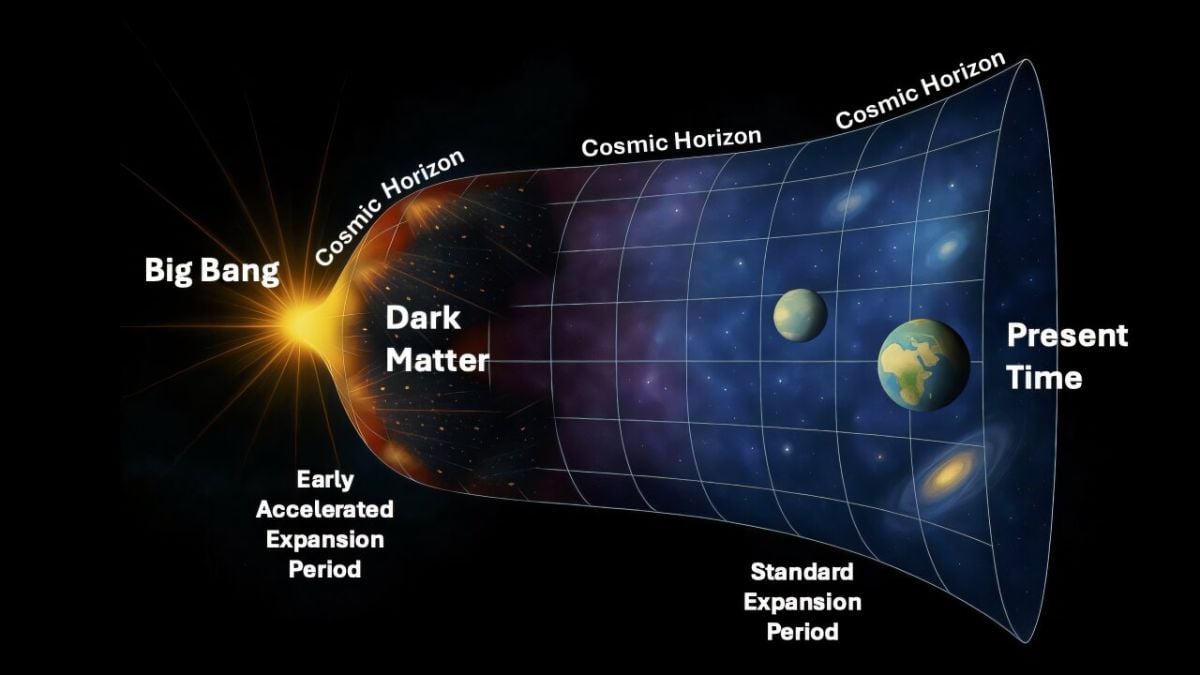

Now there are two more options available for theoretical physicists mulling over the mystery of what dark matter is, and with them come another two pointers towards how to narrow down our search. UC Santa Cruz Professor of Physics Stefano Profumo published a paper examining whether dark matter was always there or instead could have come from a ‘mirror world’ or the edge of space ballooning along with the rest of the universe. Whatever its truth, it would produce dark matter that does not interact with ordinary particles and significantly modify our modern view of the cosmos.
New Theories Suggest Dark Matter Emerged from a Mirror World or Cosmic Horizon Radiation
As per Physical Review D reports, Profumo’s July study theorises that dark matter could form in a shadow sector that mirrors known particles and forces yet remains completely undetectable. The theory is like quantum chromodynamics (QCD), but the dark sector has new quarks and gluons, and it imagines that heavy “dark baryons” are being held together by gravity. This debris could have collapsed into Planck-mass black hole–type objects that would be undetectable but still able to influence the universe’s structure thanks to gravity.
His earlier May study, published in the same journal, suggests another path: that dark matter particles might have been emitted from the universe’s expanding cosmic horizon. It allows for a brief epoch of formation, thermal synthesis of stable cold dark matter, which decouples from the standard model following inflation, and is consistent with quantum field theory in curved spacetime. That ties in neatly with the radiation from black holes and implies that other universes resembling our own might have started out as invisible seeds of matter.
Profumo stressed that these are speculative-theory-specific hypotheses, based on physics principles already there for dark matter or other gravitational channels or quantum phenomena beyond the standard model.
UC Santa Cruz is leading the way in connecting quantum concepts to astrophysics, developing new models to potentially solve a challenging scientific puzzle.
For the latest tech news and reviews, follow Gadgets 360 on X, Facebook, WhatsApp, Threads and Google News. For the latest videos on gadgets and tech, subscribe to our YouTube channel. If you want to know everything about top influencers, follow our in-house Who’sThat360 on Instagram and YouTube.


